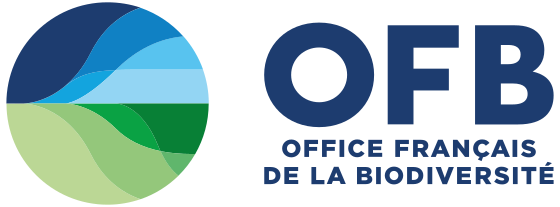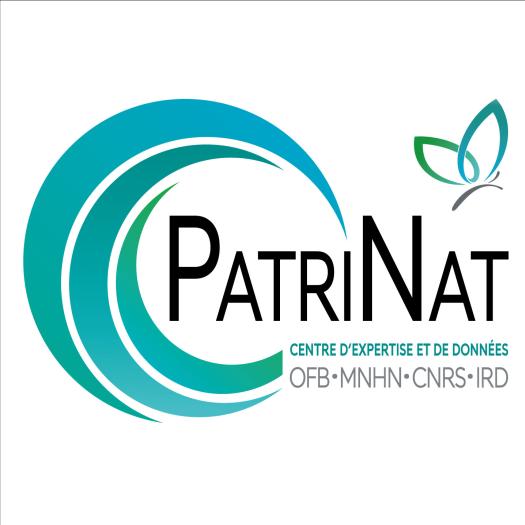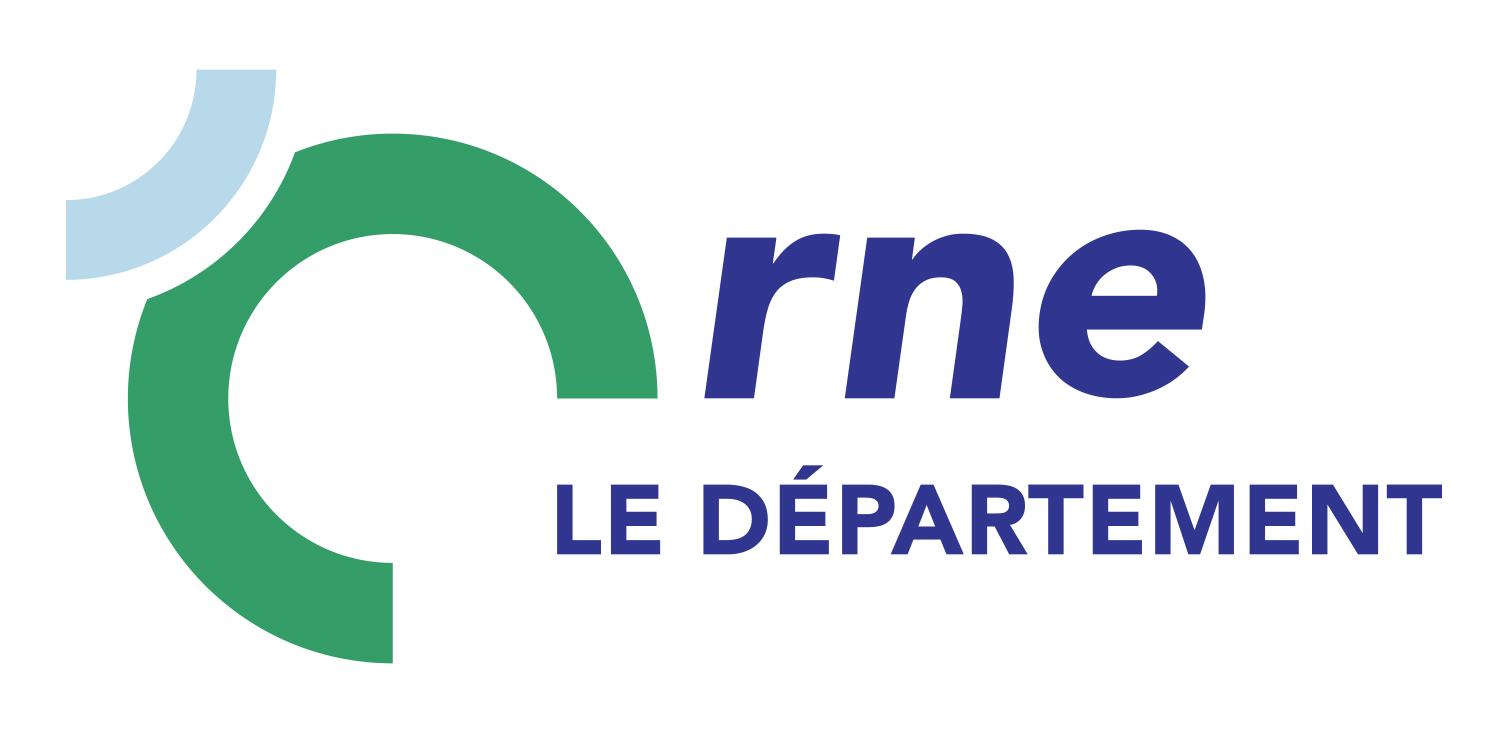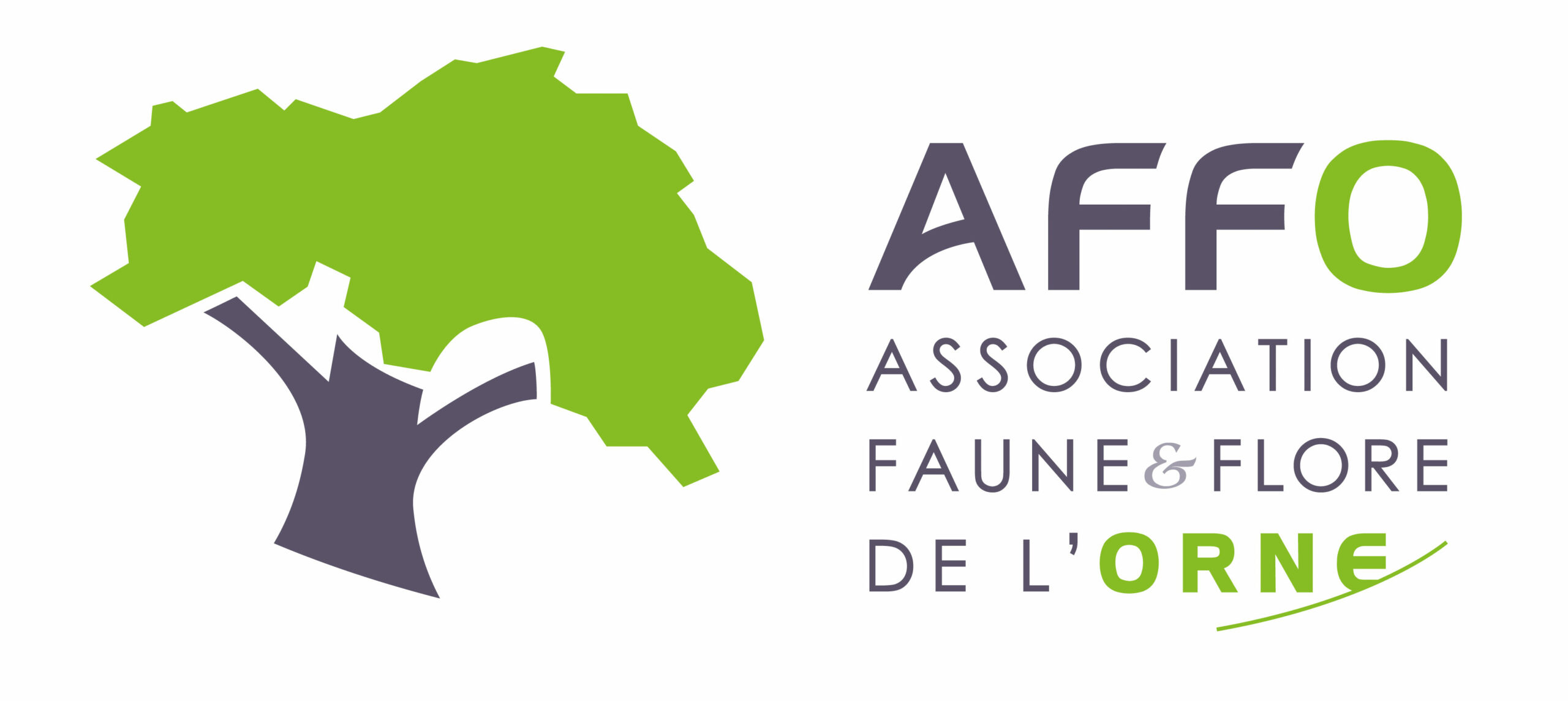- 921 observations
-
71
communes -
31
observateurs
23
organismes -
Première observation
2000 -
Dernière observation
2024
Alençon - Almenêches - Aunay-les-Bois - Avernes-Saint-Gourgon - Bagnoles de l'Orne Normandie - Bailleul - Beaufai - Beauvain - Belforêt-en-Perche - Bellavilliers - Boischampré - Boitron - Ceton - Chailloué - Champsecret - Chaumont - Coudehard - Coulonges-sur-Sarthe - Crulai - Écouves - Essay - Fay - Ferrières-la-Verrerie - Gâprée - Gouffern en Auge - Guêprei - Habloville - Hauterive - La Bellière - La Chapelle-Souëf - La Ferrière-au-Doyen - La Ferté-en-Ouche - La Ferté Macé - La Fresnaie-Fayel - La Roche-Mabile - Le Grais - Le Ménil-Broût - Les Monts d'Andaine - Les Ventes-de-Bourse - Lonrai - L'Orée-d'Écouves - Macé - Magny-le-Désert - Mauves-sur-Huisne - Merri - Mont-Ormel - Monts-sur-Orne - Moulins-sur-Orne - Occagnes - Orgères - Perrou - Rânes - Saint-Aubin-d'Appenai - Sainte-Céronne-lès-Mortagne - Sainte-Gauburge-Sainte-Colombe - Saint-Ellier-les-Bois - Saint-Germain-de-Clairefeuille - Saint-Gervais-des-Sablons - Saint-Gervais-du-Perron - Saint-Lambert-sur-Dive - Saint-Léger-sur-Sarthe - Saint-Martin-du-Vieux-Bellême - Saint-Nicolas-des-Bois - Saint-Patrice-du-Désert - Saint-Sulpice-sur-Risle - Sarceaux - Soligny-la-Trappe - Tanville - Tourouvre au Perche - Trémont - Vimoutiers
-
Muséum national d'Histoire naturelle (MNHN)
Participation à 303 Observations
Part d'aide à la prospection : 32.90 %
Fiche organisme
-
Ferme éolinne de Fay
Participation à 215 Observations
Part d'aide à la prospection : 23.34 %
Fiche organisme
-
SETUP ENVIRONNEMENT
Participation à 215 Observations
Part d'aide à la prospection : 23.34 %
Fiche organisme
-
Office Français de la Biodiversité (OFB)
Participation à 214 Observations
Part d'aide à la prospection : 23.24 %
Fiche organisme
-
UMS PatriNat (OFB-CNRS-MNHN)
Participation à 140 Observations
Part d'aide à la prospection : 15.20 %
Fiche organisme
-
Les vents de Rânes
Participation à 115 Observations
Part d'aide à la prospection : 12.49 %
Fiche organisme
-
-
Écosphère, bureau d'études en environnement
Participation à 57 Observations
Part d'aide à la prospection : 6.19 %
Fiche organisme
-
Enertrag Normandie I
Participation à 57 Observations
Part d'aide à la prospection : 6.19 %
Fiche organisme
-
Ministère de la Transition écologique et de la Cohésion des territoires
Participation à 51 Observations
Part d'aide à la prospection : 5.54 %
Fiche organisme
-
IEL Exploitation 74
Participation à 41 Observations
Part d'aide à la prospection : 4.45 %
Fiche organisme
-
Thema Environnement
Participation à 41 Observations
Part d'aide à la prospection : 4.45 %
Fiche organisme
-
PNR et géoparc mondial UNESCO Normandie-Maine
Participation à 38 Observations
Part d'aide à la prospection : 4.13 %
Fiche organisme
-
Groupe Mammalogique Normand (GMN)
Participation à 35 Observations
Part d'aide à la prospection : 3.80 %
Fiche organisme
-
Office national des forêts (ONF)
Participation à 33 Observations
Part d'aide à la prospection : 3.58 %
Fiche organisme
-
Conseil départemental de l'Orne (bureau ENS)
Participation à 25 Observations
Part d'aide à la prospection : 2.71 %
Fiche organisme
-
SUEZ RV NORMANDIE
Participation à 6 Observations
Part d'aide à la prospection : 0.65 %
Fiche organisme
-
SOCIETE D'EXPLOITATION DU PARC EOLIEN BOIS SEIGNEUR
Participation à 4 Observations
Part d'aide à la prospection : 0.43 %
Fiche organisme
-
Association Faune & Flore de l'Orne (AFFO)
Participation à 1 Observation
Part d'aide à la prospection : 0.11 %
Fiche organisme
-
Ferme éolinne de Germancé à Saint-Ellier-les-Bois
Participation à 1 Observation
Part d'aide à la prospection : 0.11 %
Fiche organisme
Informations espèce
Répartition actuelle en France métropolitaine
© INPN - Avertissement : les données visualisables reflètent l'état d'avancement des connaissances et/ou la disponibilité des données existantes au niveau national : elles ne peuvent en aucun cas être considérées comme exhaustives.
Répartition actuelle dans le monde
Avertissement : les données visualisables reflètent l'état d'avancement des connaissances et/ou la disponibilité des données existantes au niveau mondial : elles ne peuvent en aucun cas être considérées comme exhaustives.














